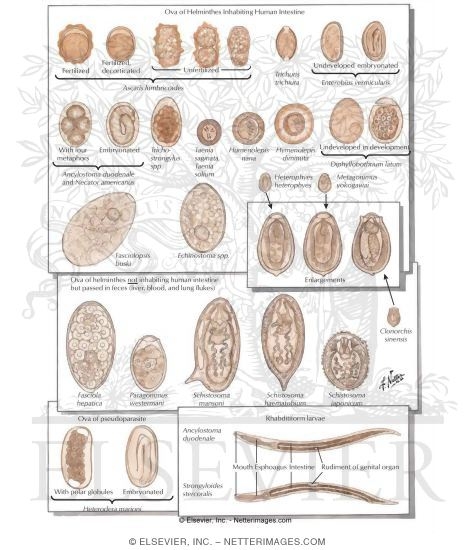

A high pH and temperature increase the rate of conversion. S-ovalbumin is easily formed in vitro by a 20 h incubation at 55 ☌ in 100 mM sodium phosphate at pH of 10 ( Hammershøj et al., 2002). Furthermore, the conversion rate increases with high storage temperature (50 ☌) and increasing pH. Eggs with high S-ovalbumin content have runny whites and do not congeal as effectively on cooking. It is reported that the percentage of S-ovalbumin reaches 81% after 6 months storage at low temperature ( Huopalahti et al., 2007). In fresh laid egg white about 5% of ovalbumin exists in the S-form, while more than 50% of the ovalbumin converts to the S species by the time eggs reach the supermarket and eventually the consumer ( Hammershøj et al., 2002). The authors found that the denaturation temperature of ovalbumin was shifted from 84.5 ☌ to 92.5 ☌ for S-ovalbumin, with an intermediate form denatured at 88.5 ☌. This mechanism was primarily described by Smith and Back (1965) and Donovan and Mapes (1976). During the storage of eggs the ovalbumin is converted to S-ovalbumin, which is a more heat-stable form. The purified form of ovalbumin consists of three different subclasses, Al, A2 and A3, which contain two, one and no phosphate groups per molecule, respectively ( Mine, 1995). The complete amino acid sequence of hen ovalbumin comprises 385 residues.
What is ova free#
Ovalbumin is the only egg white protein to contain free sulfhydryl groups. It is a monomeric phosphoglyco-protein with a molecular weight of 44.5 kDa and an isoelectric point (IEP) of 4.5. Ovalbumin is the predominant protein in albumen and represents 54% to 58% of the egg white protein by weight. Kulozik, in Handbook of Food Proteins, 2011 Ovalbumin


 0 kommentar(er)
0 kommentar(er)
